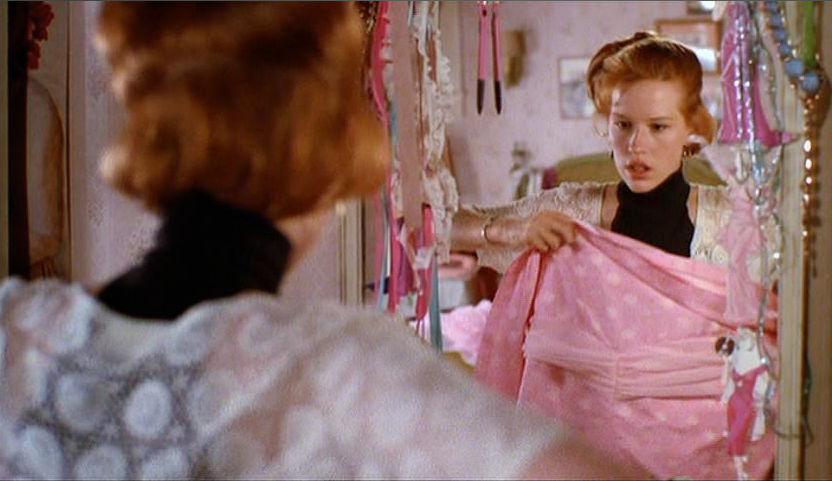
Somehow, there are a lot of people who don't know about this incredible film which stars a 12-year-old Natalie Portman as Mathilda, an orphan seeking revenge on the drug dealers that murdered her 4-year-old brother (as well as her parents, whom she claims not to care about). When she returns home to discover she is now totally alone, she seeks solace in the flat of her mysterious neighbour, who is reluctant to take her in. We soon discover that he (Léon) is in fact a hit man, and Mathilda begs him to look after her and share his skills with her so that she can avenge her brother's death. If that doesn't already sound like the perfect premise for a movie, then she does all of this wearing the best outfits that a 12-year-old girl has ever worn and with an attitude of someone wise beyond their years. And if all this sounds familiar, I would suggest that the relationship dynamic between Mathilda and Léon may have had something of an influence on the characters Hit-Girl and Big Daddy from the Kick-Ass films and comic book series, over a decade later.

Mathilda is probably one of my favourite on-screen characters when it comes to dress, with the fact that she is only 12 making her even more captivating. She has an Amelie-style haircut which would signify all the naivete and twee-ness of a young girl, but instead she is a stark contrast to what an audience would usually expect from a younger character. Aside from moments of playful behaviour which appear to match her age (the 'dress-up' scene being an example), she is concerned with leading an adult life like Léon's and even takes to mimicking him by wearing circular tinted sunglasses and a woollen hat in the same way that he does.


When we first see her, she is sat on the floor with her legs through the banisters as her feet dangle in the air and she smokes a cigarette nonchalantly. She wears multicoloured comic-strip print tights, denim shorts and a white crochet cardigan with a thick black choker and chunky brown biker boots (all while sporting a black eye). In some ways, her behaviour seems surprisingly adult, however on the other hand, it's exactly the kind of behaviour we should expect from an almost-teenager who is frustrated with childhood and desperately wants to be a grown-up. It's just that with Mathilda, we know she is about to be forced into growing up a whole lot quicker than anyone expects.


It's also interesting that she's called Mathilda, like the Roald Dahl character Matilda, who is also a young girl that is mature beyond her years, holds a disdain for her parents that partake in criminal activity and forms an unconventional friendship with an adult outside of her own family.

There is a brief moment where she wears the pink dress seen above, but other than that she can be seen in different variations on the boots, shorts and t-shirt ensemble, accessorised with her choker, her Bunny Rabbit and her khaki military bomber jacket. Her clothes are an important part of her character in visual terms, demonstrating a crossover between her streetwise toughness and 12-year-old innocence, with the Bunny-Rabbit-clutching/gun-toting as an obvious juxtaposition. Overall, Matilda is a prime example of how clothing helps define a character on-screen, as well as an unexpected source of inspiration for looking like a troubled child with a Salvation Army wardrobe.











